Exhibition dates: 24th April – 30th July 2017
Part 1 of this bumper posting, with some biographical information on the lesser known sitters.
See Part 2 of the posting with my commentary
Marcus
Many thankx to the Metropolitan Museum of Art for allowing me to publish the photographs in the posting. Please click on the photographs for a larger version of the image.
The most comprehensive retrospective to date of the work of the great American photographer Irving Penn (1917-2009), this exhibition will mark the centennial of the artist’s birth. Over the course of his nearly 70-year career, Penn mastered a pared-down aesthetic of studio photography that is distinguished for its meticulous attention to composition, nuance, and detail.
The exhibition follows the 2015 announcement of the landmark promised gift from The Irving Penn Foundation to The Met of more than 150 photographs by Penn, representing every period of the artist’s dynamic career with the camera. The gift will form the core of the exhibition, which will feature more than 200 photographs by Penn, including iconic fashion studies of Lisa Fonssagrives-Penn, the artist’s wife; exquisite still lifes; Quechua children in Cuzco, Peru; portraits of urban labourers; female nudes; tribesmen in New Guinea; and colour flower studies. The artist’s beloved portraits of cultural figures from Truman Capote, Picasso, and Colette to Ingmar Bergman and Issey Miyake will also be featured. Rounding out the exhibition will be photographs by Penn that entered The Met collection prior to the promised gift.
Text from the Metropolitan Museum of Art website
Irving Penn (American, Plainfield, New Jersey 1917-2009 New York)
Union Bar Window, American South
1941, printed c. 1941-42
Gelatin silver print
7 3/16 x 8 3/4 in. (18.2 x 22.3cm)
Promised Gift of The Irving Penn Foundation
© The Irving Penn Foundation
Irving Penn (American, Plainfield, New Jersey 1917-2009 New York)
O’Sullivan’s Heels, New York
c. 1939
Gelatin silver print
9 x 9 3/8 in. (22.9 x 23.8cm)
Promised Gift of The Irving Penn Foundation
© The Irving Penn Foundation
Irving Penn (American, Plainfield, New Jersey 1917-2009 New York)
Pulquería Decoration, Mexico
1942
Gelatin silver print
11 7/8 x 10 9/16 in. (30.2 x 26.8cm)
Promised Gift of The Irving Penn Foundation
© The Irving Penn Foundation
Irving Penn (American, Plainfield, New Jersey 1917-2009 New York)
Le Corbusier, New York
1947
Gelatin silver print
9 15/16 x 7 15/16 in. (25.3 x 20.2cm)
Promised Gift of The Irving Penn Foundation
© Condé Nast
Irving Penn (American, Plainfield, New Jersey 1917-2009 New York)
Elsa Schiaparelli, New York
March 29, 1948, printed c. 1948
Gelatin silver print
9 7/8 x 7 7/8 in. (25.1 x 20cm)
Promised Gift of The Irving Penn Foundation
© The Irving Penn Foundation
Irving Penn (American, Plainfield, New Jersey 1917-2009 New York)
Charles James, New York
February 28, 1948, printed June 2002
Gelatin silver print
9 15/16 x 7 15/16 in. (25.3 x 20.1cm)
Promised Gift of The Irving Penn Foundation
© The Irving Penn Foundation
Charles Wilson Brega James (18 July 1906 – 23 September 1978) was a British-born fashion designer known as “America’s First Couturier”. He is widely considered to have been a master of cutting and is known for his highly structured aesthetic. …
James looked upon his dresses as works of art, as did many of his customers. Year after year, he reworked original designs, ignoring the sacrosanct schedule of seasons. The components of the precisely constructed designs were interchangeable, so that James had a never-ending fund of ideas on which to draw. He is most famous for his sculpted ball gowns made of lavish fabrics and to exacting tailoring standards, but is also remembered for his capes and coats, often trimmed with fur and embroidery, and his spiral zipped dresses. He is also famed for a unique, one of a kind white satin quilted jacket made in 1938 and now in the Victoria and Albert Museum, described as the starting point for “anoraks, space man and even fur jackets”.
Text from the Wikipedia website
Irving Penn (American, Plainfield, New Jersey 1917-2009 New York)
Ballet Society, New York [Tanaquil Le Clercq with Corrado Cagli, Vittorio Rieti, and George Balanchine]
March 5, 1948, printed November 1976
Platinum-palladium print
22 3/4 x 18 3/8 in. (57.8 x 46.7cm)
Promised Gift of The Irving Penn Foundation
© Condé Nast
Tanaquil Le Clercq (October 2, 1929 – December 31, 2000) was a principal dancer with the New York City Ballet. Her dancing career ended abruptly when she was stricken with polio in Copenhagen during the company’s European tour in 1956. Eventually regaining most of the use of her arms and torso, she remained paralysed from the waist down for the rest of her life. …
When she was fifteen years old, George Balanchine asked her to perform with him in a dance he choreographed for a polio charity benefit. In an eerie portent of things to come, he played a character named Polio, and Le Clercq was his victim who became paralysed and fell to the floor. Then, children tossed dimes at her character, prompting her to get up and dance again.
Corrado Cagli (Ancona, 1910 – Rome, 1976) was an Italian painter of Jewish heritage, who lived in the United States during World War II. …
He enlisted in the U.S. Army and was involved in the 1944 Normandy landings, and fought in Belgium and Germany. He was with the forces that liberated the Buchenwald concentration camp, and made a series of dramatic drawings on that subject. In 1948, Cagli returned to Rome to take up permanent residence there. From that time forward, he experimented in various abstract and non-figurative techniques (neo-metaphysical, neo-cubist, informal). He was awarded the Guggenheim prize (1946) and the Marzotto prize (1954).
Vittorio Rieti (January 28, 1898 – February 19, 1994) was a Jewish-Italian composer. Born in Alexandria, Egypt, Rieti moved to Milan to study economics. He subsequently studied in Rome under Respighi and Casella, and lived there until 1940. … He emigrated to the United States in 1940, becoming a naturalised American citizen on the 1st of June 1944. He taught at the Peabody Conservatory of Music in Baltimore (1948-49), Chicago Musical College (1950-54), Queens College, New York (1958-60), and New York College of Music (1960-64).
George Balanchine (January 22 [O.S. January 9] 1904 – April 30, 1983) was a choreographer. Styled as the father of American ballet, he co-founded the New York City Ballet and remained its Artistic Director for more than 35 years.
Balanchine took the standards and technique from his time at the Imperial Ballet School and fused it with other schools of movement that he had adopted during his tenure on Broadway and in Hollywood, creating his signature “neoclassical style”. He was a choreographer known for his musicality; he expressed music with dance and worked extensively with leading composers of his time like Igor Stravinsky. Balanchine was invited to America in 1933 by a young arts patron named Lincoln Kirstein, and together they founded the School of American Ballet. Along with Kirstein, Balanchine also co-founded the New York City Ballet (NYCB).
All texts from the Wikipedia website
Irving Penn (American, Plainfield, New Jersey 1917-2009 New York)
Truman Capote, New York
March 5, 1948
Gelatin silver print
10 1/16 x 8 3/16 in. (25.5 x 20.8cm)
Promised Gift of The Irving Penn Foundation
© The Irving Penn Foundation
The Metropolitan Museum of Art will present a major retrospective of the photographs of Irving Penn to mark the centennial of the artist’s birth. Over the course of his nearly 70-year career, Irving Penn (1917-2009) mastered a pared-down aesthetic of studio photography that is distinguished for its meticulous attention to composition, nuance, detail, and printmaking. Irving Penn: Centennial, opening April 24, 2017, will be the most comprehensive exhibition of the great American photographer’s work to date and will include both masterpieces and hitherto unknown prints from all his major series.
Long celebrated for more than six decades of influential work at Vogue magazine, Penn was first and foremost a fashion photographer. His early photographs of couture are masterpieces that established a new standard for photographic renderings of style at mid-century, and he continued to record the cycles of fashions year after year in exquisite images characterised by striking shapes and formal brilliance. His rigorous modern compositions, minimal backgrounds, and diffused lighting were innovative and immensely influential. Yet Penn’s photographs of fashion are merely the most salient of his specialties. He was a peerless portraitist, whose perceptions extended beyond the human face and figure to take in more complete codes of demeanour, adornment, and artefact. He was also blessed with an acute graphic intelligence and a sculptor’s sensitivity to volumes in light, talents that served his superb nude studies and life-long explorations of still life.
Penn dealt with so many subjects throughout his long career that he is conventionally seen either with a single lens – as the portraitist, fashion photographer, or still life virtuoso – or as the master of all trades, the jeweller of journalists who could fine-tool anything. The exhibition at The Met will chart a different course, mapping the overall geography of the work and the relative importance of the subjects and campaigns the artist explored most creatively. Its organisation largely follows the pattern of his development so that the structure of the work, its internal coherence, and the tenor of the times of the artist’s experience all become evident.
The exhibition will most thoroughly explore the following series: street signs, including examples of early work in New York, the American South, and Mexico; fashion and style, with many classic photographs of Lisa Fonssagrives-Penn, the former dancer who became the first supermodel as well as the artist’s wife; portraits of indigenous people in Cuzco, Peru; the Small Trades portraits of urban labourers; portraits of beloved cultural figures from Truman Capote, Joe Louis, Picasso, and Colette to Alvin Ailey, Ingmar Bergman, and Joan Didion; the infamous cigarette still lifes; portraits of the fabulously dressed citizens of Dahomey (Benin), New Guinea, and Morocco; the late “Morandi” still lifes; voluptuous nudes; and glorious colour studies of flowers. These subjects chart the artist’s path through the demands of the cultural journal, the changes in fashion itself and in editorial approach, the fortunes of the picture press in the age of television, the requirements of an artistic inner voice in a commercial world, the moral condition of the American conscience during the Vietnam War era, the growth of photography as a fine art in the 1970s and 1980s, and personal intimations of mortality. All these strands of meaning are embedded in the images – a web of deep and complex ideas belied by the seeming forthrightness of what is represented.
Penn generally worked in a studio or in a traveling tent that served the same purpose, and favoured a simple background of white or light grey tones. His preferred backdrop was made from an old theatre curtain found in Paris that had been softly painted with diffused grey clouds. This backdrop followed Penn from studio to studio; a companion of over 60 years, it will be displayed in one of the Museum’s galleries among celebrated portraits it helped create. Other highlights of the exhibition include newly unearthed footage of the photographer at work in his tent in Morocco; issues of Vogue magazine illustrating the original use of the photographs and, in some cases, to demonstrate the difference between those brilliantly coloured, journalistic presentations and Penn’s later reconsidered reuse of the imagery; and several of Penn’s drawings shown near similar still life photographs.
Exhibition credits
Irving Penn: Centennial is co-curated by Maria Morris Hambourg, independent curator and the founding curator of The Met’s Department of Photographs, and Jeff L. Rosenheim, Joyce Frank Menschel Curator in Charge of the Department of Photographs at The Met.
Press release from the Metropolitan Museum of Art
Irving Penn (American, Plainfield, New Jersey 1917-2009 New York)
Glove and Shoe, New York
July 7, 1947
Gelatin silver print
9 9/16 x 7 3/4 in. (24.3 x 19.7cm)
Promised Gift of The Irving Penn Foundation
© Condé Nast
Irving Penn (American, Plainfield, New Jersey 1917-2009 New York)
The Tarot Reader (Bridget Tichenor and Jean Patchett), New York
1949, printed 1984
Gelatin silver print
19 5/16 x 18 1/2 in. (49 x 47cm)
Promised Gift of The Irving Penn Foundation
© Condé Nast
Bridget Bate Tichenor (born Bridget Pamela Arkwright Bate on November 22, 1917 – died on October 20, 1990), also known as Bridget Tichenor or B.B.T., was a Mexican surrealist painter of fantastic art in the school of magic realism and a fashion editor. Born in Paris and of British descent, she later embraced Mexico as her home. …
Bate Tichenor’s painting technique was based upon 16th-century Italian tempera formulas that artist Paul Cadmus taught her in New York in 1945, where she would prepare an eggshell-finished gesso ground on masonite board and apply (instead of tempera) multiple transparent oil glazes defined through chiaroscuro with sometimes one hair of a #00 sable brush. Bate Tichenor considered her work to be of a spiritual nature, reflecting ancient occult religions, magic, alchemy, and Mesoamerican mythology in her Italian Renaissance style of painting.
The cultures of Mesoamerica and her international background would influence the style and themes of Bate Tichenor’s work as a magic realist painter in Mexico. She was among a group of surrealist and magic realist female artists who came to live in Mexico in the late 1940s and early 1950s.
Jean Patchett (February 16, 1926 – January 22, 2002) was a leading fashion model of the late 1940s, 1950s and early 1960s. She was among the best known models of that era, which included Dovima, Dorian Leigh, Suzy Parker, Evelyn Tripp and Lisa Fonssagrives. Patchett was the subject of two of Vogue Magazine’s most famous covers, both shot in 1950 by Erwin Blumenfeld and Irving Penn. She was famous for being one of the first high-fashion models to appear remote; previously, models had appeared warm and friendly. Irving Penn described her as “a young American goddess in Paris couture”.
Texts from the Wikipedia website
Irving Penn (American, Plainfield, New Jersey 1917-2009 New York)
The Twelve Most Photographed Models, New York
1947
Gelatin silver print
13 3/8 x 16 15/16 in. (34 x 43cm)
Promised Gift of The Irving Penn Foundation
© Condé Nast
Irving Penn (American, Plainfield, New Jersey 1917-2009 New York)
Girl Drinking (Mary Jane Russell), New York
1949, printed December 1977
Platinum-palladium print
20 1/2 x 19 1/4 in. (52.1 x 48.9cm)
Loan from The Irving Penn Foundation
© Condé Nast
Mary Jane Russell (10 July 1926 – 2003) was a successful New York-based American photographic fashion model between 1948 and 1961. She often worked with Louise Dahl-Wolfe and Irving Penn, and appeared on many covers for Vogue and Harper’s Bazaar during the course of her modelling career. …
Russell was … a favourite model of Irving Penn, who remembered her qualities of concentration and tenderness. Two of Penn’s better known images of her were Girl Drinking, published in Vogue in 1949, and the 1951 photograph Girl with Tobacco on Tongue. As Russell did not smoke, the process of taking the latter photograph made her physically sick.
Text from the Wikipedia website
Irving Penn (American, Plainfield, New Jersey 1917-2009 New York)
Marlene Dietrich, New York
November 3, 1948, printed April 2000
Gelatin silver print
10 x 8 1/16 in. (25.4 x 20.4cm)
Promised Gift of The Irving Penn Foundation
© The Irving Penn Foundation
Irving Penn (American, Plainfield, New Jersey 1917-2009 New York)
Theatre Accident, New York
1947, printed 1984
Dye transfer print
19 1/2 x 15 1/4 in. (49.6 x 38.8cm)
Promised Gift of The Irving Penn Foundation
© Condé Nast
Irving Penn (American, Plainfield, New Jersey 1917-2009 New York)
Still Life with Watermelon, New York
1947, printed 1985
Dye transfer print
22 x 17 1/2 in. (55.9 x 44.5cm)
Promised Gift of The Irving Penn Foundation
© Condé Nast
Irving Penn (American, Plainfield, New Jersey 1917-2009 New York)
Salad Ingredients, New York
1947, printed 1984
Dye transfer print
19 7/16 x 15 3/16 in. (49.3 x 38.6cm)
Promised Gift of The Irving Penn Foundation
© Condé Nast
Irving Penn (American, Plainfield, New Jersey 1917-2009 New York)
After-Dinner Games, New York
1947, printed 1985
Dye transfer print
22 3/16 x 18 1/16 in. (56.4 x 45.8cm)
Promised Gift of The Irving Penn Foundation
© Condé Nast
The Metropolitan Museum of Art
1000 Fifth Avenue at 82nd Street
New York, New York 10028-0198
Phone: 212-535-7710
Opening hours:
Thursday – Tuesday 10am – 5pm
Closed Wednesday

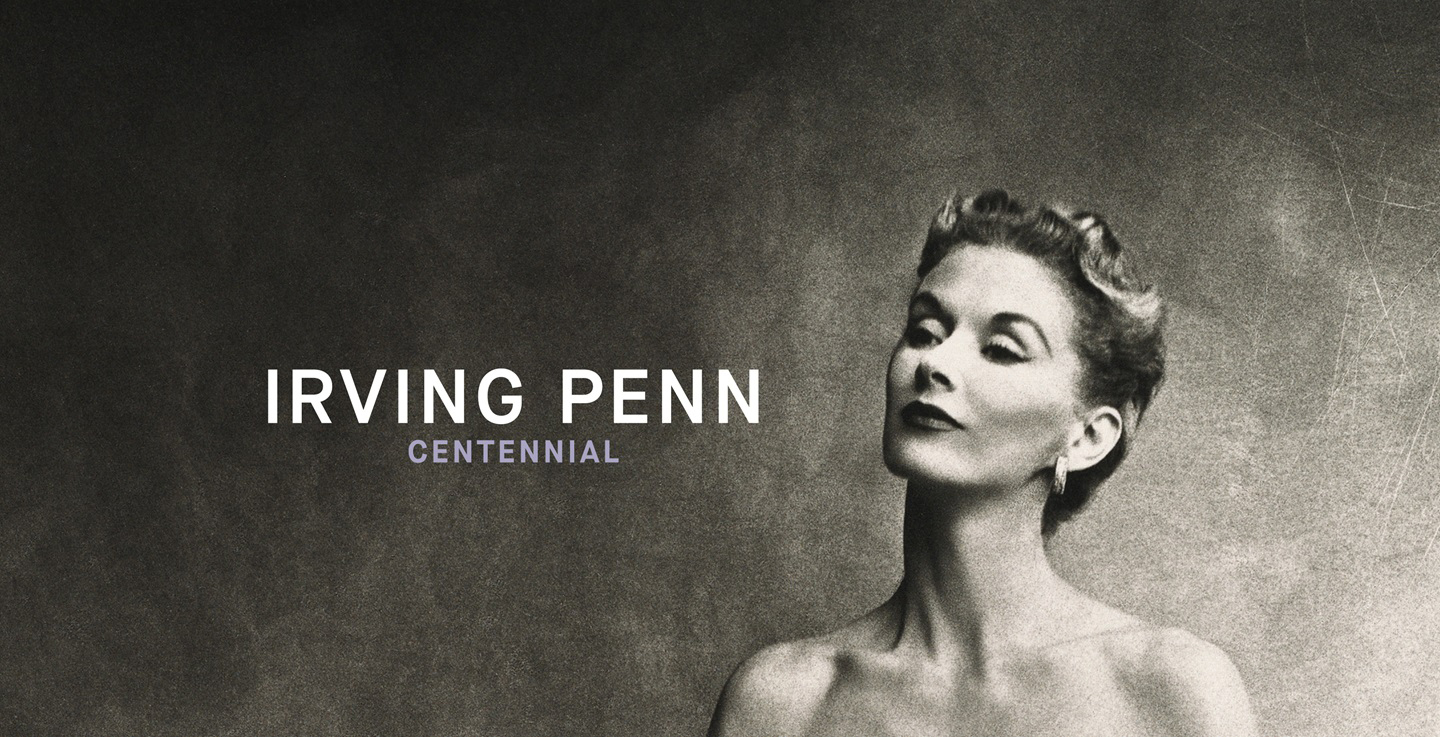




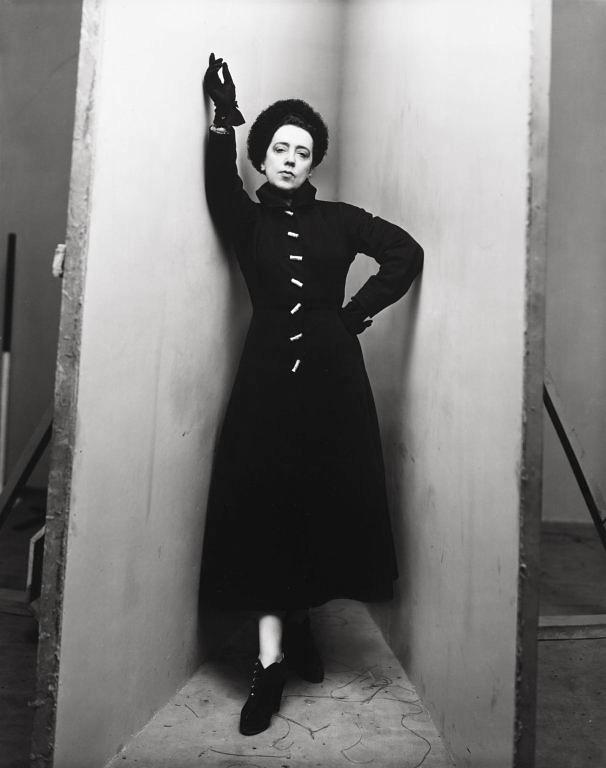

![Irving Penn (American, Plainfield, New Jersey 1917-2009 New York) 'Ballet Society, New York [Tanaquil Le Clercq with Corrado Cagli, Vittorio Rieti, and George Balanchine]' March 5, 1948, printed November 1976 Irving Penn (American, Plainfield, New Jersey 1917-2009 New York) 'Ballet Society, New York [Tanaquil Le Clercq with Corrado Cagli, Vittorio Rieti, and George Balanchine]' March 5, 1948, printed November 1976](https://artblart.files.wordpress.com/2017/05/penn-ballet-society-web.jpg?w=650&h=815)



























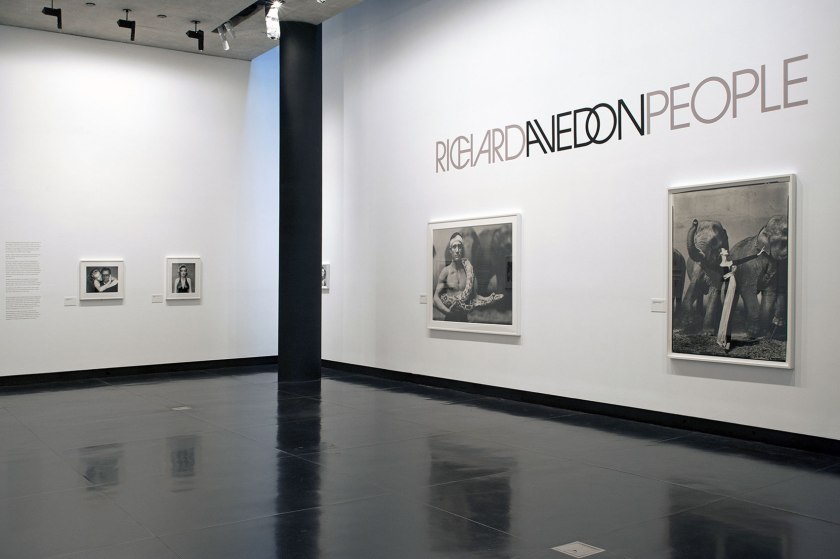
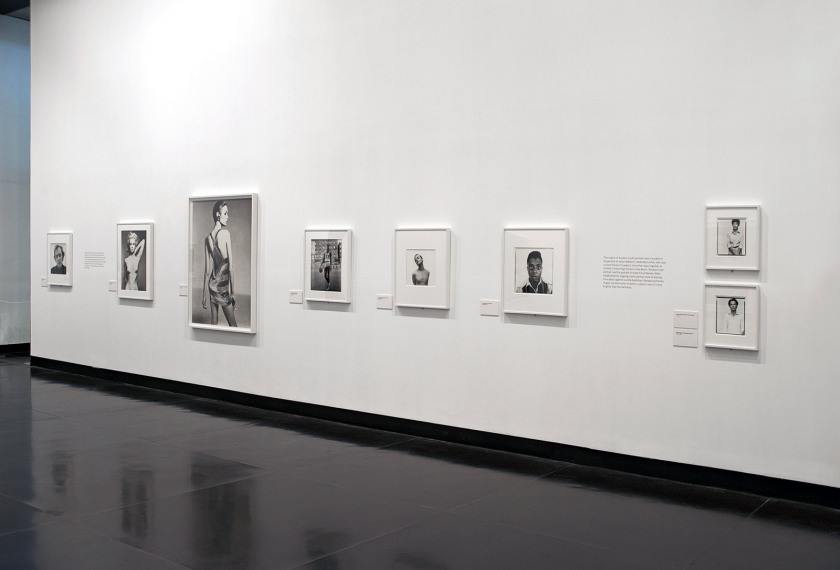
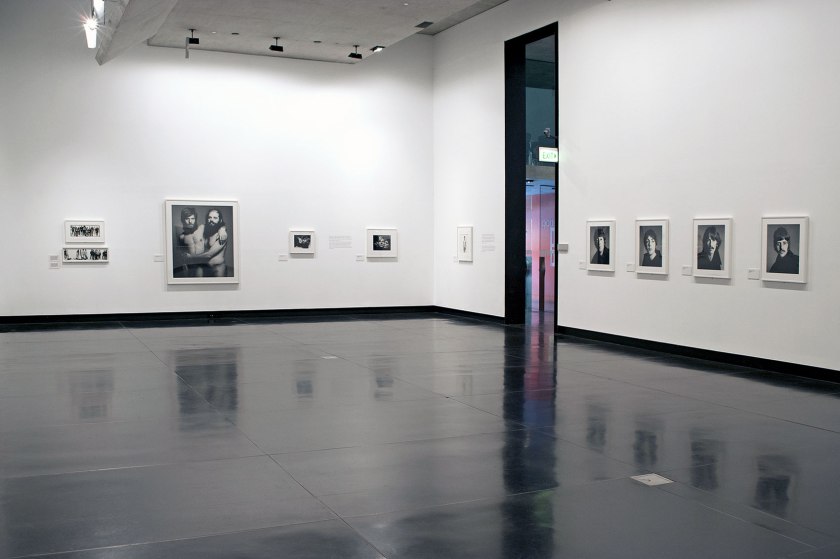
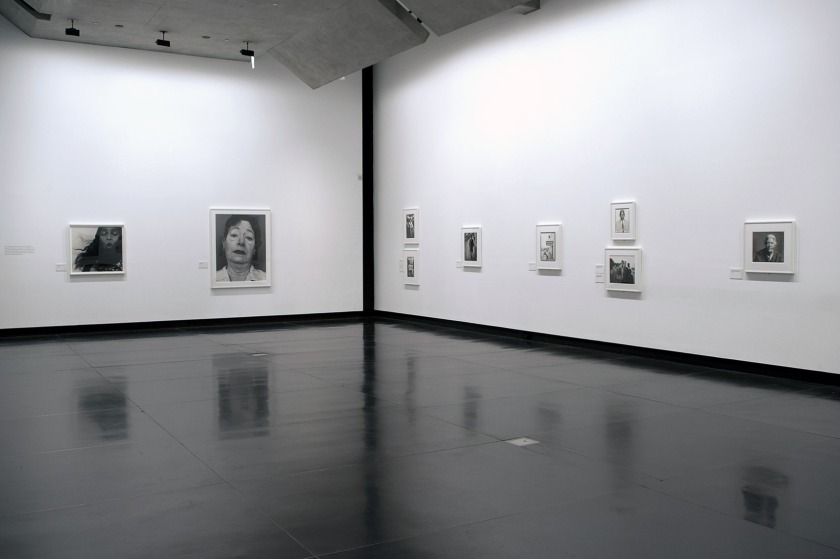
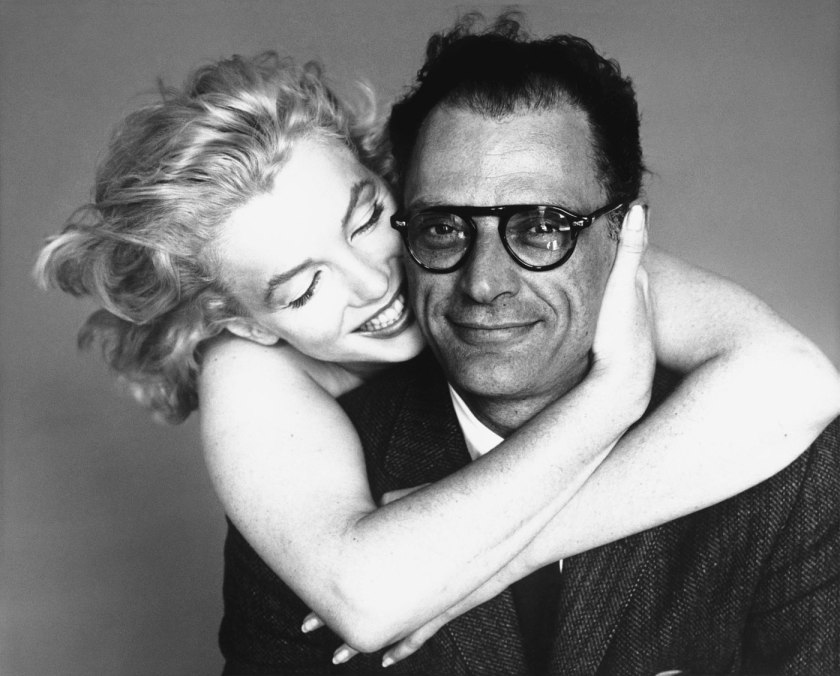
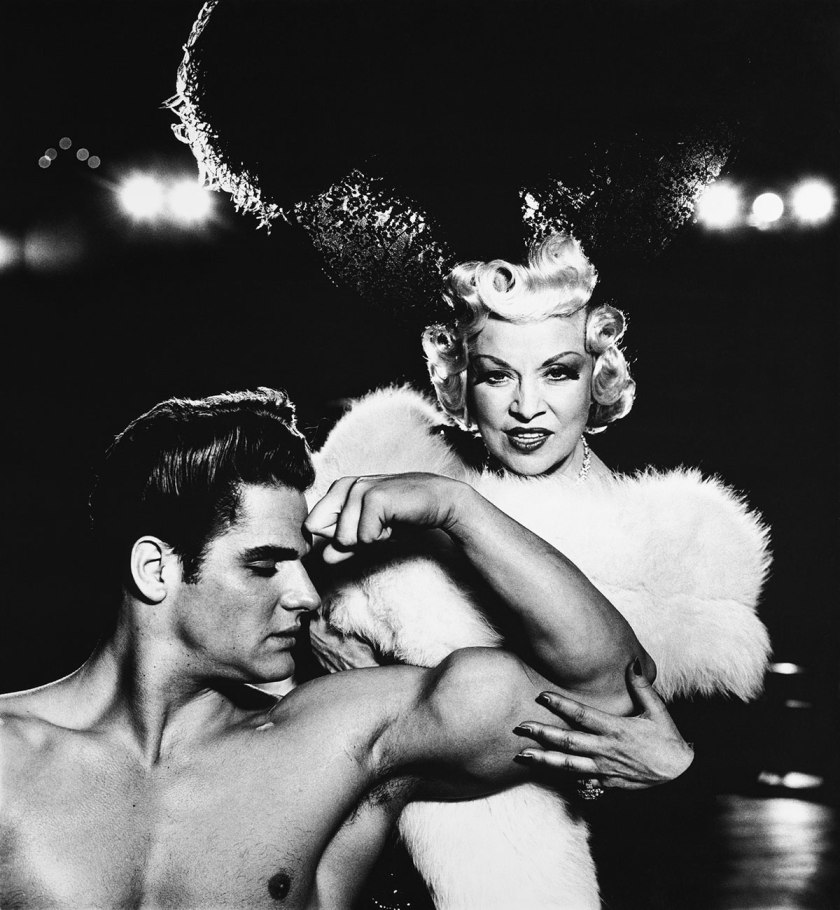
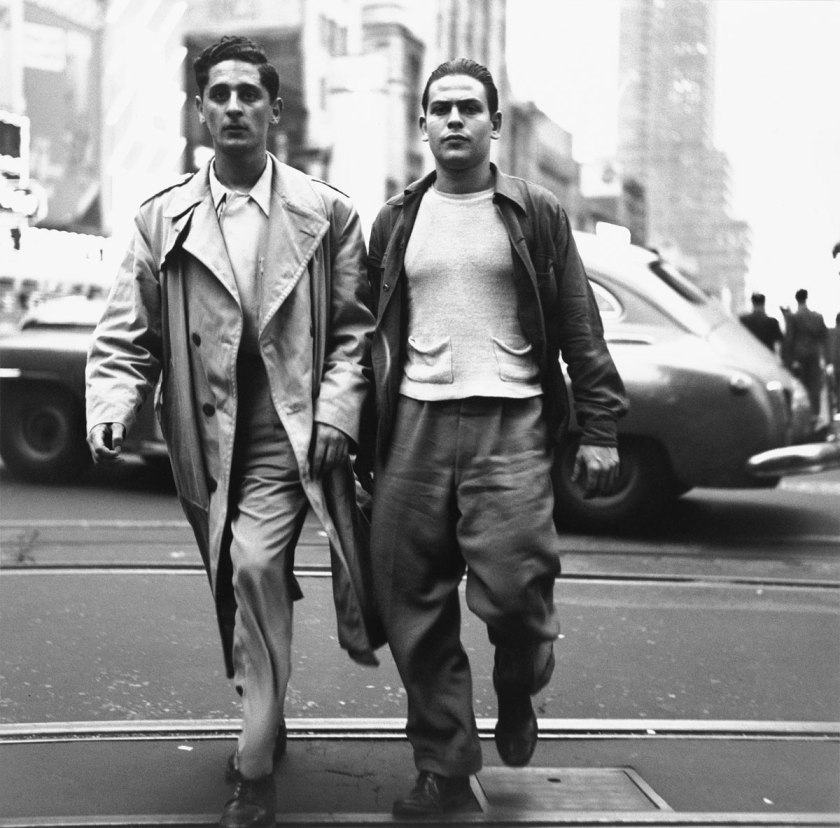

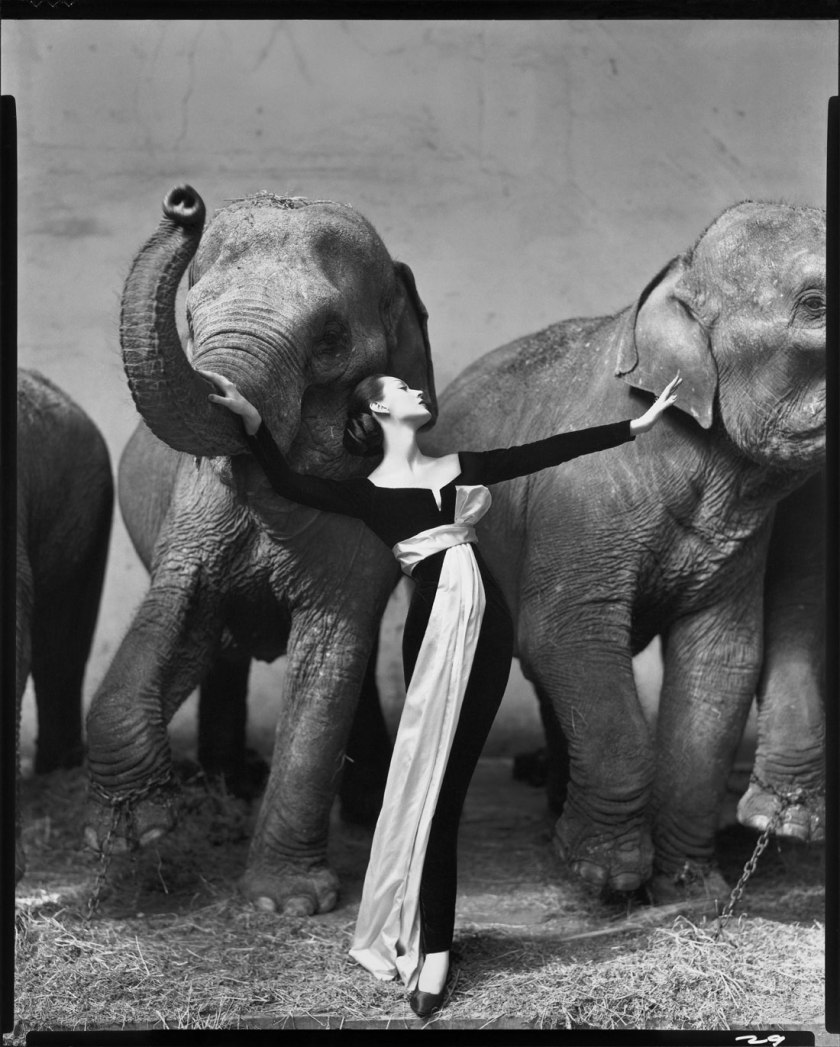
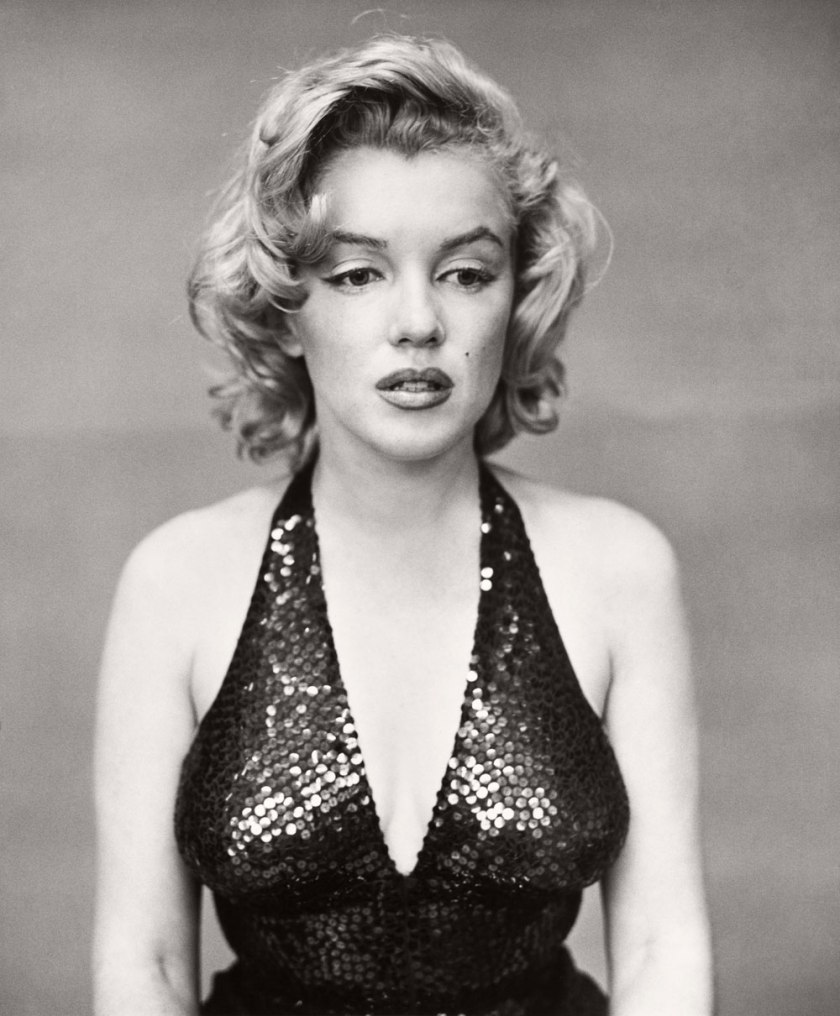
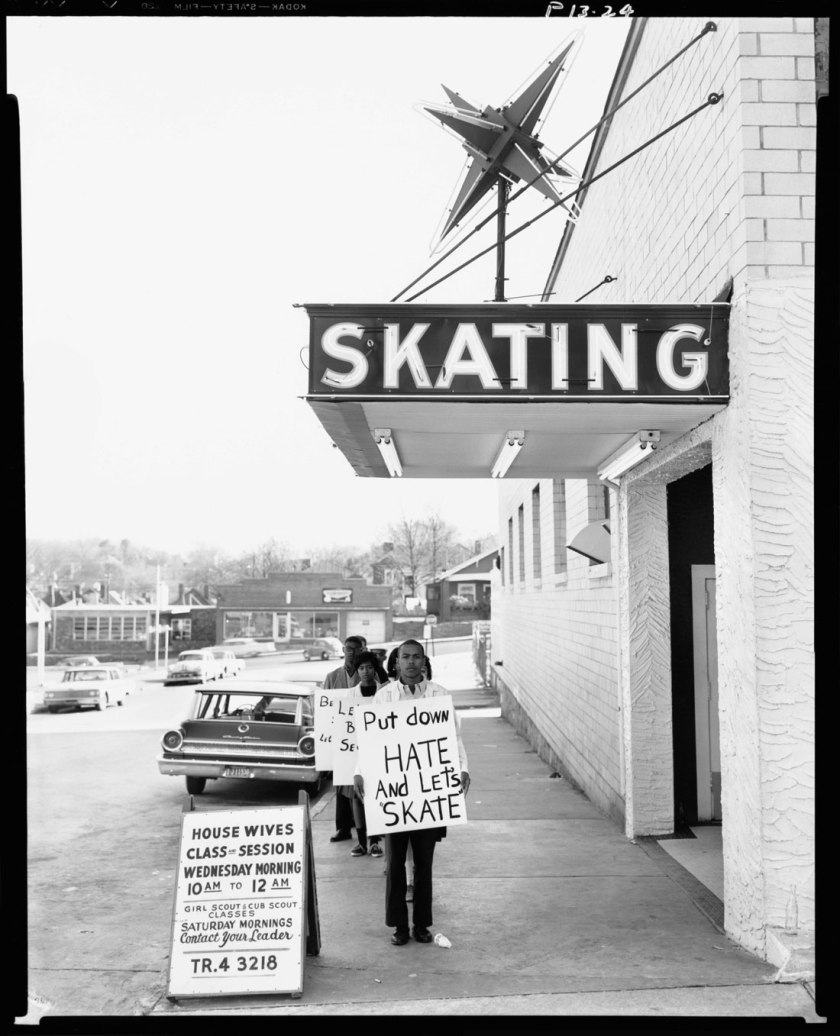

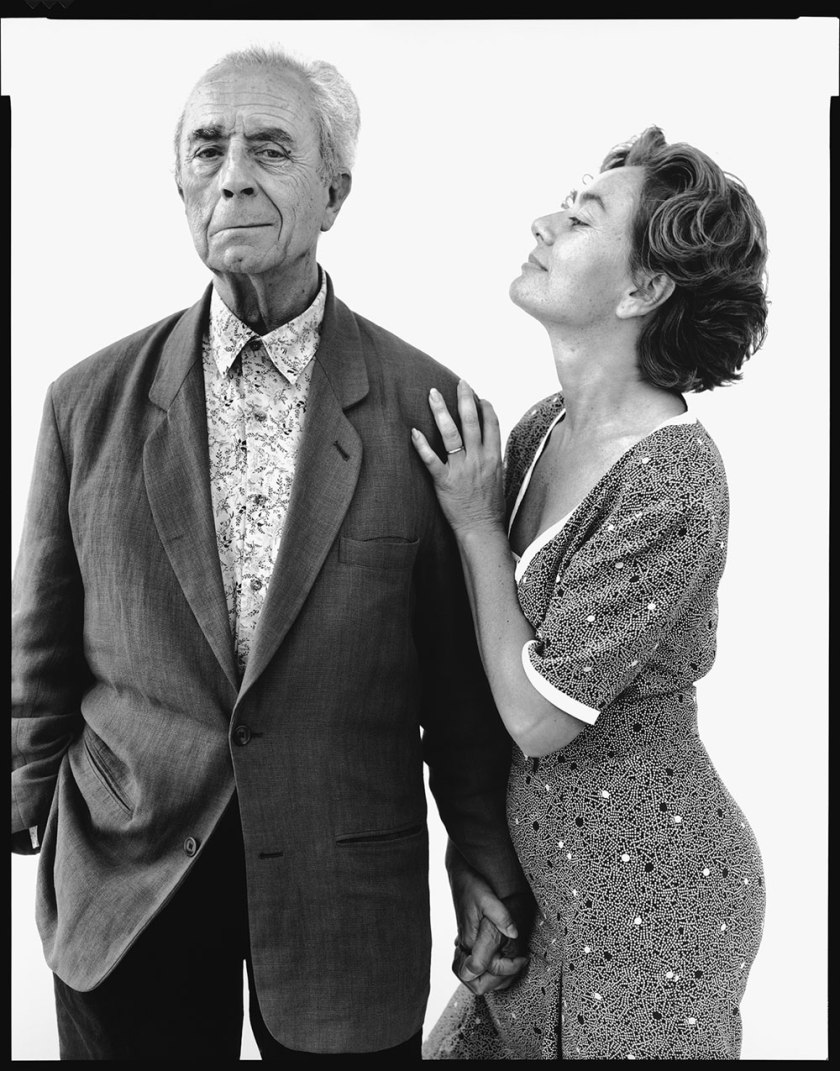

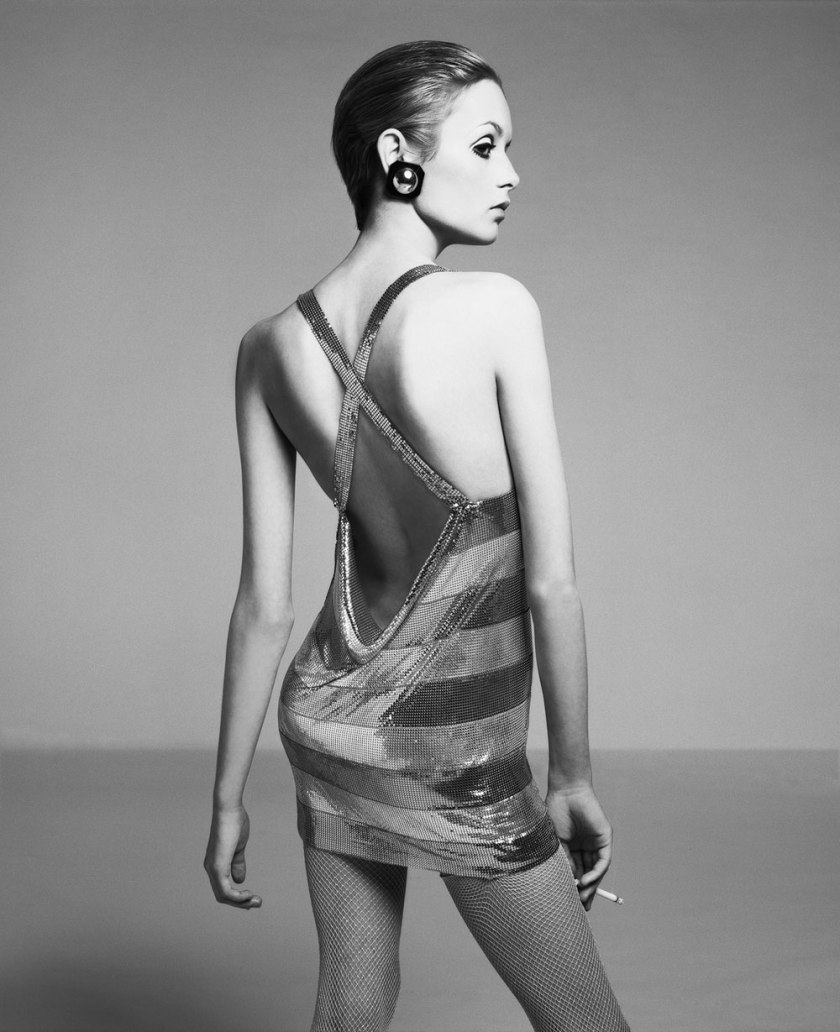
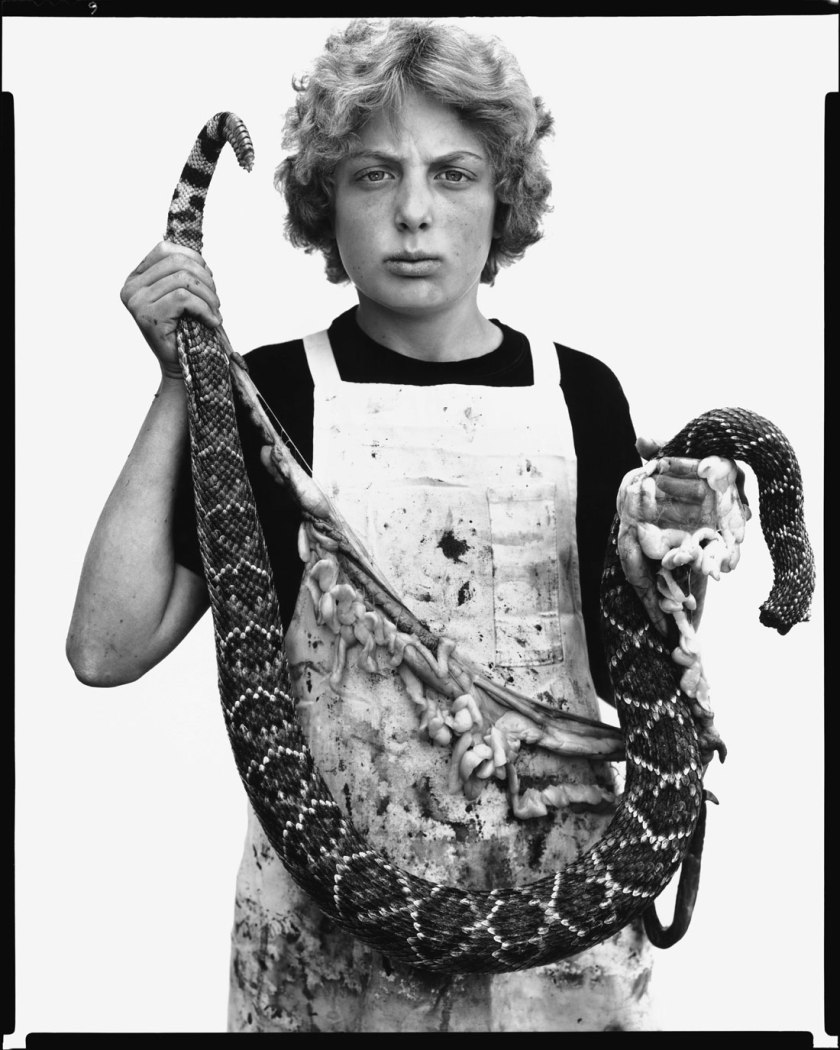
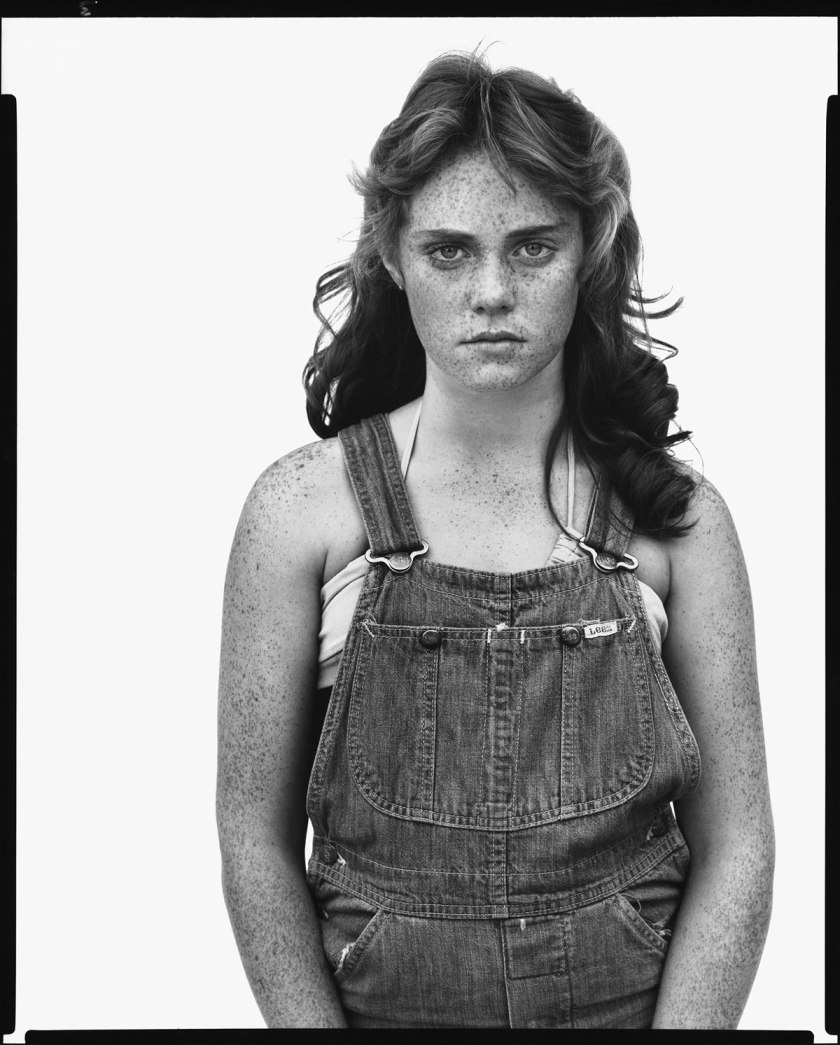
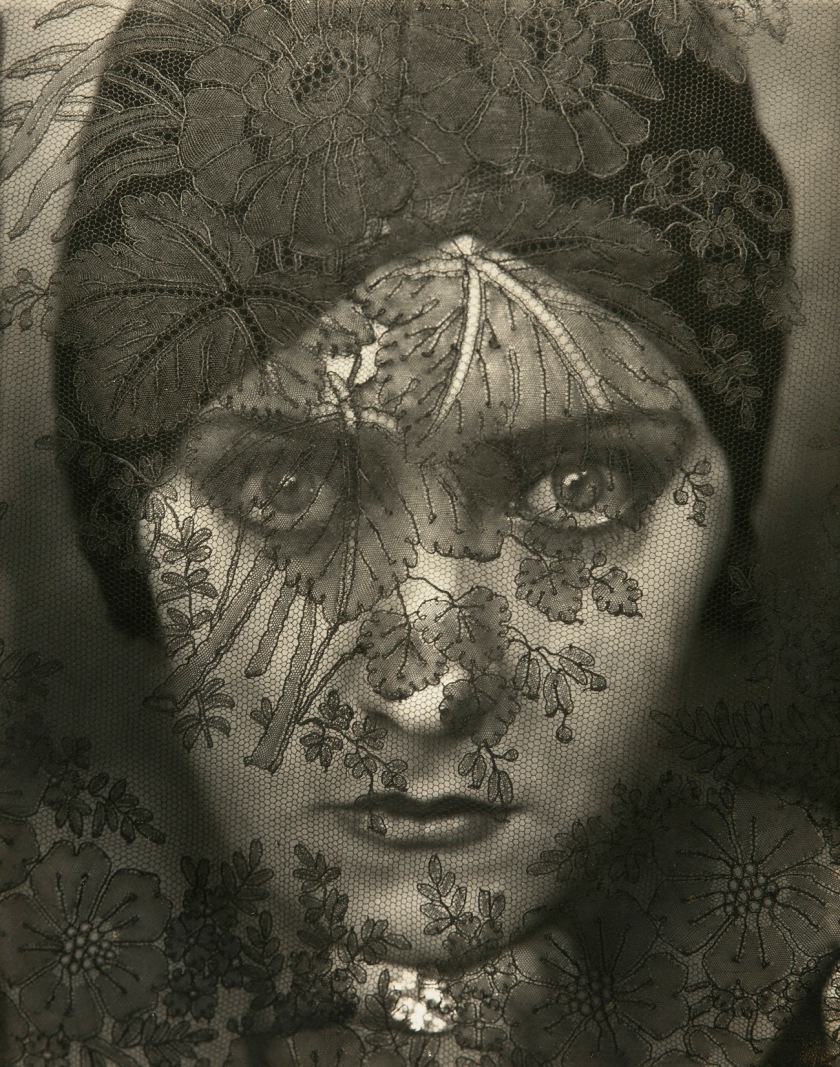














You must be logged in to post a comment.